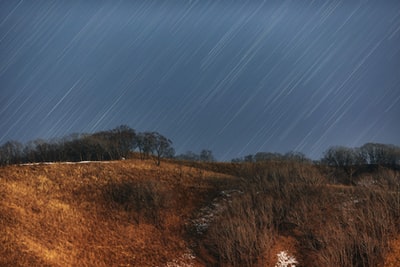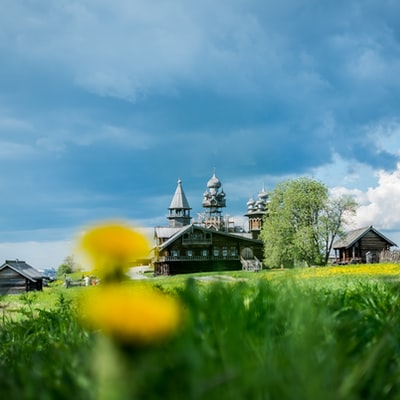Features of the Russian Civil War

These groups united as a force known as the Whites (in opposition to the Reds of the Bolsheviks) and went to war to try and take down Lenin. The Whites’ forces were battalions of soldiers led by Generals who opposed the Bolsheviks. Britain, France and America, appalled by the thought of a communist revolution, also sent soldiers to intervene on behalf of the Whites.
The war lasted for three years, and was far from easy for the Bolsheviks. In fact, the threat of defeat was partly what caused Lenin to take measures such as dismissing the Constituent Assembly and running the country as a dictatorship. But these were not the only measures that were taken.
——————————————————
The Red Army
Trotsky organised the Red Army, which became a very efficient and disciplined fighting unit, partly because the consequences of not putting in a full effort if you were in it was death by execution.
——————————————————
War Communism
Lenin introduced War Communism, an economic system in which all aspects of agricultural and industrial production were put into fighting the war against the Whites. The needs of the Revolution were viewed as more important than the everyday needs of the people, even if the people who suffered were the ones that the Dictatorship of the Proletariat was supposed to be working for.
——————————————————
The Red Terror
Lenin also terrorized the population (known as the Red Terror) to get people behind his side. This included executing any suspected opponents of the regime and/or their families. They hoped that keeping people scared would make them loyal.
——————————————————
1922, Advantage Lenin
By 1922, the War was largely going in Lenin’s favour. Each time the Red Army captured an area that had been held by the Whites, they incorporated it into the Union of Socialist Soviet Republics (USSR or Soviet Union), the name they gave to their new country. The reason they were ‘Soviet Republics’ is because the territories at stake were not just Russia, but places such as the Ukraine and Georgia.
——————————————————
1924, The End of War

However, the Civil War hadn’t been all plain sailing for Lenin. The demands placed on Russians – think of the starvation and the terror – had alienated many. In 1921, the Russian sailors who had helped Lenin in November 1921 held a mutiny in protest at War Communism. The incident showed that even the most loyal supporters of Bolshevism could be turned against it. Peasants were particularly unhappy with the fact that under war communism they simply had to give everything that they produced to the government, and were made to starve if they refused to do so.
——————————————————
Lenin’s Concessions

Lenin also allowed a return of some local traditions and customs in the non-Russian parts of the USSR, to keep the peoples there loyal. This included re-opening places of religious worship.